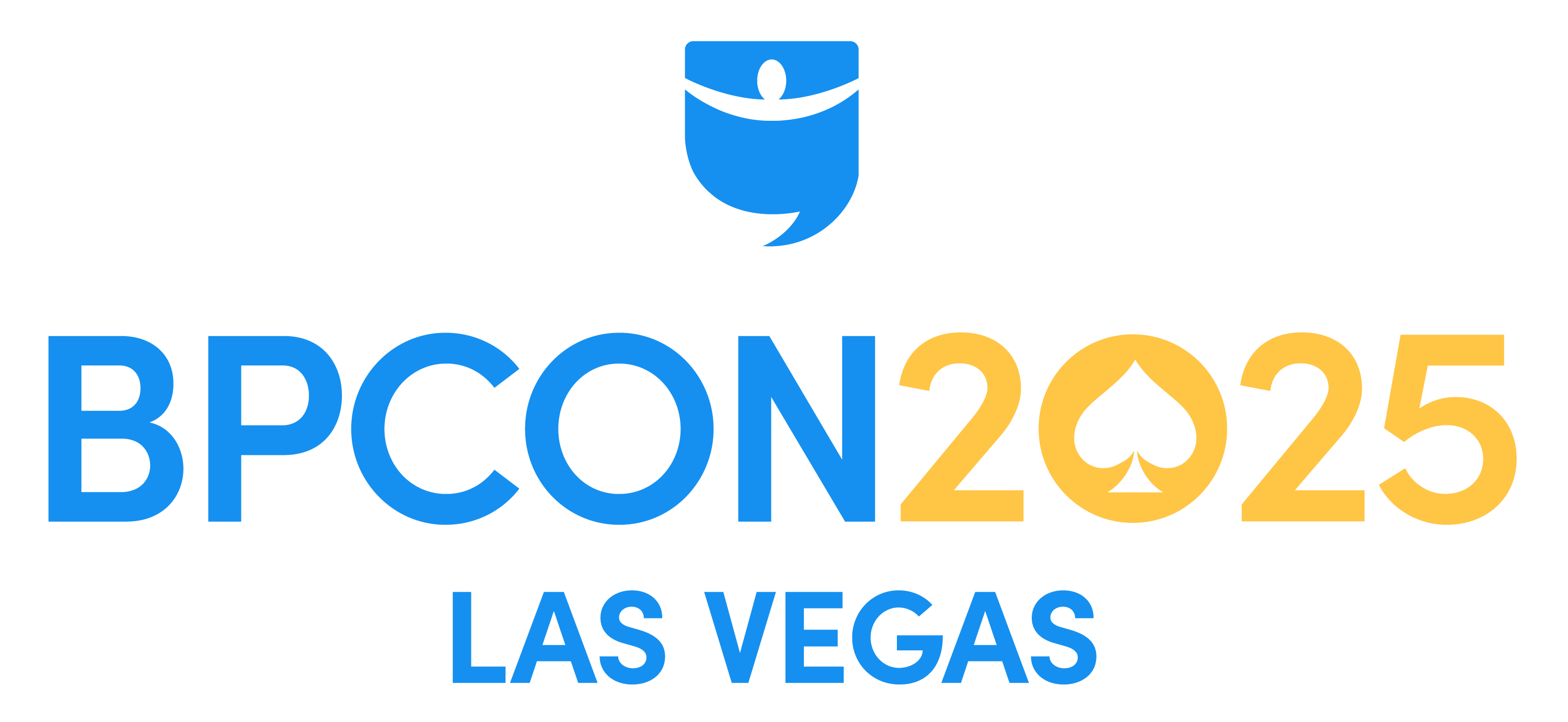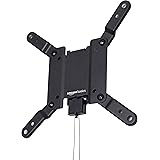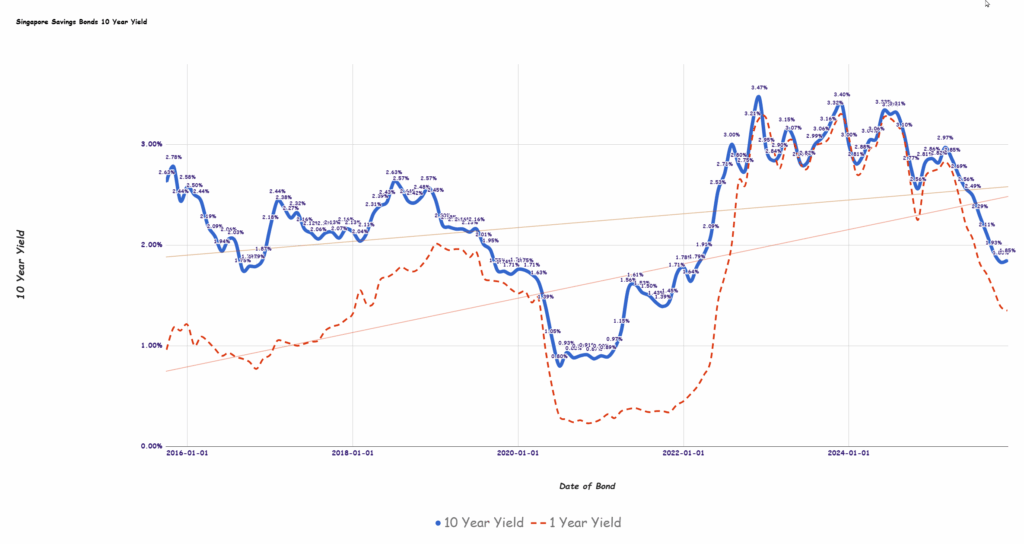Why Your Mortgage Rate Is the Easy Part—The Hidden Fees Could Drain Your Wallet Faster Than You Think
You might think that a dip in mortgage rates is the golden ticket to homeownership or property investment, right? Well, hold on a sec—what if I told you that the interest rate cut coming this September is just the tip of the iceberg? Beneath the surface, a tangled web of skyrocketing insurance premiums, wild energy bills, jaw-dropping home prices, and sneaky maintenance costs are mounting — threatening to keep many locked out of the housing game. It’s like expecting a party, but realizing the host forgot to pay the electric bill. So before you start celebrating those tempting lower rates, let’s unpack why the true cost of owning a home is becoming a beast all its own, and why many buyers and investors need to look beyond mortgage rates to understand the real challenges ahead. LEARN MORE
The strong possibility of a September Federal Reserve interest rate cut, which would likely lead to lower mortgage rates for homebuyers and investors, has been welcomed by the real estate industry.
However, that’s only half the battle of a deep, multifront housing affordability crisis. Snowballing insurance premiums, unpredictable energy costs, rising home prices, maintenance, and other hidden costs mean that the true cost of ownership could still put buying a home or investment out of the reach of many.
Home Insurance: A Rising Crisis
A personal finance report from The Wall Street Journal earlier this year underscored how escalating hidden homeownership costs, including homeowners’ insurance, routine maintenance, property taxes, and utilities, added up to an average of $1,180 per month, in addition to an average mortgage payment of $1,770, based on a 20% down payment.
Soaring insurance costs have been at the heart of the increasing affordability crisis, driven by weather unpredictability. In Oklahoma City, residents have seen their premiums double from $1,750 to $3,500 due to more frequent hailstorms, the Journal reported. That was part of a wider trend. Premiums rose 20% between 2022 and 2024, with insurers planning another 8% hike this year, according to MarketWatch.
As of July, the national average annual homeowners’ insurance bill reached $2,470, a 9% increase since 2023, Axios reported. In extreme weather-prone states such as Nebraska, Louisiana, and Florida, premiums often top $5,700 to $6,400 annually, while homeowners in New Orleans spend almost 17.5% of the area’s median income on just insurance.
Maintenance, Construction, and Tariffs
Landlords, flippers, and BRRRR investors have been particularly affected by rising maintenance and construction costs. According to the National Association of Home Builders, material costs have skyrocketed 34% since December 2020. An online survey of 1,000 homeowners by tech company Clever Real Estate found that 42% said they’ve skipped home repair. And 59% of those polled by Bankrate say they would have to use a credit card for a $1,000 emergency expense.
Tariffs have severely impacted the cost of home renovations. The U.S. government imposes 35% tariffs on all Canadian goods, with steel and aluminum hit with 50% tariffs, affecting:
- Windows/doors/frames
- Ladders
- Hinges
- Motor vehicle/building/other mountings/fittings
- Door parts
- Frames and mirrors
- Windows/doors/frames
- Ladders
- Hinges
- Motor vehicle/building/other mountings/fittings
- Door parts
- Frames and mirrors
- Electrical conduit tubing
In recent days, conciliatory talks between the U.S. and Canada hint at a lowering of tariffs as part of the United States-Mexico-Canada trade pact, or USMCA.
According to Investopedia, 70% of contractors report being hurt by tariff prices, with 60% raising prices accordingly. “Announced tariffs in recent months have resulted in material increases across a few different goods, specifically certain metal products and equipment,” Jesse Wade, an economist for the National Association of Home Builders, wrote in a blog post.
The most recent U.S. framing lumber prices show a monthly decrease, but an increase of 5.8% over the last year. Tariffs on Canadian lumber are due to reach 35.2% this month, up from 14.4%.
Home Depot Takes a Cautious Approach
Home improvement giant Home Depot has also urged caution regarding talk of a home renovation rush amid speculation about a rate cut. Customers “are still deferring larger projects as a result of general uncertainty and higher borrowing costs in the form of interest rates,” Home Depot chief financial officer Richard McPhail told the Wall Street Journal. The company stated that tariffs may lead to price increases.
A recent study from Evernest, a property management and real estate brokerage services provider, showed that the overall effect of tariffs is adding tens of thousands of dollars to construction costs.
A 16% increase in material costs
Evernest said in an email to GOBankingRates: “Tariffs on building materials are pushing up the base price of new homes in every state. The data shows that these policies affect real affordability, especially in places where incomes haven’t kept pace with construction costs.”
Evernest calculated that proposed tariffs would increase material costs by 15.92% nationwide. Excluding labor, permits, and mortgage rates, the increase in at least 10 states was estimated to be over $45,000 compared to pre-tariff costs:
- Hawaii: $102,400
- California: $68,200
- Massachusetts: $62,600
- New York: $62,600
- New Jersey: $54,600
- Alaska: $51,200
- Connecticut: $48,900
- Rhode Island: $48,900
- Colorado: $45,500
- Maine: $45,500
Investors Will Feel the Pinch, Passing the Cost on to Tenants
It’s not just large-scale renovations that will be hit hard by tariffs. Everyday repairs will also hurt a small-scale investor’s bottom line, along with developers.
“When construction materials become more expensive—whether it’s imported cabinetry, electrical components, or flooring—those increased costs squeeze developers and contractors,” said Mike Petrakis, founder and CEO of PowerPay, which works with contractors to provide affordable home improvement payment options, to GOBanking Rates. “In many cases, that pressure gets passed downstream. For new apartment builds, it means higher development costs, which translate into higher rents to meet return thresholds.”
Rental affordability remains tight. The typical household spends 30.1% of its income on rent, according to NerdWallet, which calculates that to afford a typical rental, a household’s annual income must be $82,743. Squeezing tenants tighter for higher rents could backfire on landlords, resulting in missed payments and evictions.
Rising Energy Costs
Also, rising energy costs hurt a tenant’s ability to pay rent. According to the latest federal data, the price of natural gas is up 13.8% year over year as of July. Almost 60 companies are set to increase electricity rates this year by over $38 billion, which will affect around 57 million Americans, according to an analysis from liberal think tank the Center for American Progress; however, conservatives dispute this. In the meantime, President Donald Trump has vowed to cancel renewable energy projects.
The president’s “Big Beautiful Bill Act” is expected to increase energy costs, according to an analysis by Energy Innovation, a nonpartisan think tank specializing in energy and climate policy.
For investors who pay public area utility bills, hold costs on renovation projects, or own short-term and mid-term rentals, increased utility bills will significantly impact their bottom line.
Home Prices: The Big Equalizer
A reduction in interest rates will only be effective if home prices do not rise at high rates. Recent data suggests that increases in house prices have slowed as spending power weakened under high mortgage rates.
However, the slowdown has only been recent. Overall, prices are at an all-time high, with June’s median price for the sale of an existing home reaching $435,300, surpassing the previous record set in June 2024, according to the National Association of Realtors.
Jessica Lautz, deputy chief economist at the NAR, told NPR:
“Today’s housing market is really haves and have-nots. Those who have housing equity can make housing trades right now. Many of them are doing so, even with an all-cash purchase. They have the ability to interact with today’s housing market, where first-time homebuyers are being shut out.”
Final Thoughts
While all real estate investors welcome some interest rate cuts rather than none, the breadth and scope of the cuts remain to be seen. After false starts in 2024, expecting a race down to sub-5% again is overly optimistic.
“I’m on the slower side more than the faster side if the Fed does go,” Jason Granet, chief investment officer at Bank of New York Mellon, a financial services company, told CNBC. “He [Fed Chair Jerome Powell] definitely moved the door ajar, as opposed to kicked it wide open for September.”
“Although we are aware of the extreme political pressures on the Fed to ease … the case for cuts looks modest,” Lisa Shalett, chief investment officer at Morgan Stanley, said in a note. “And we can’t help but ask: What problem, exactly, does the Fed feel an urgency to solve?”
In other words, don’t pop the champagne just yet. And while mortgage interest rates might be lowered slightly, if tariffs increase the cost of home improvements, and energy and insurance costs, not to mention taxes, continue to rise, the property owner’s overall PITI payment will increase, making rate cuts largely go unnoticed.
A Real Estate Conference Built Differently
October 5-7, 2025 | Caesars Palace, Las Vegas
For three powerful days, engage with elite real estate investors actively building wealth now. No theory. No outdated advice. No empty promises—just proven tactics from investors closing deals today. Every speaker delivers actionable strategies you can implement immediately.


















Post Comment